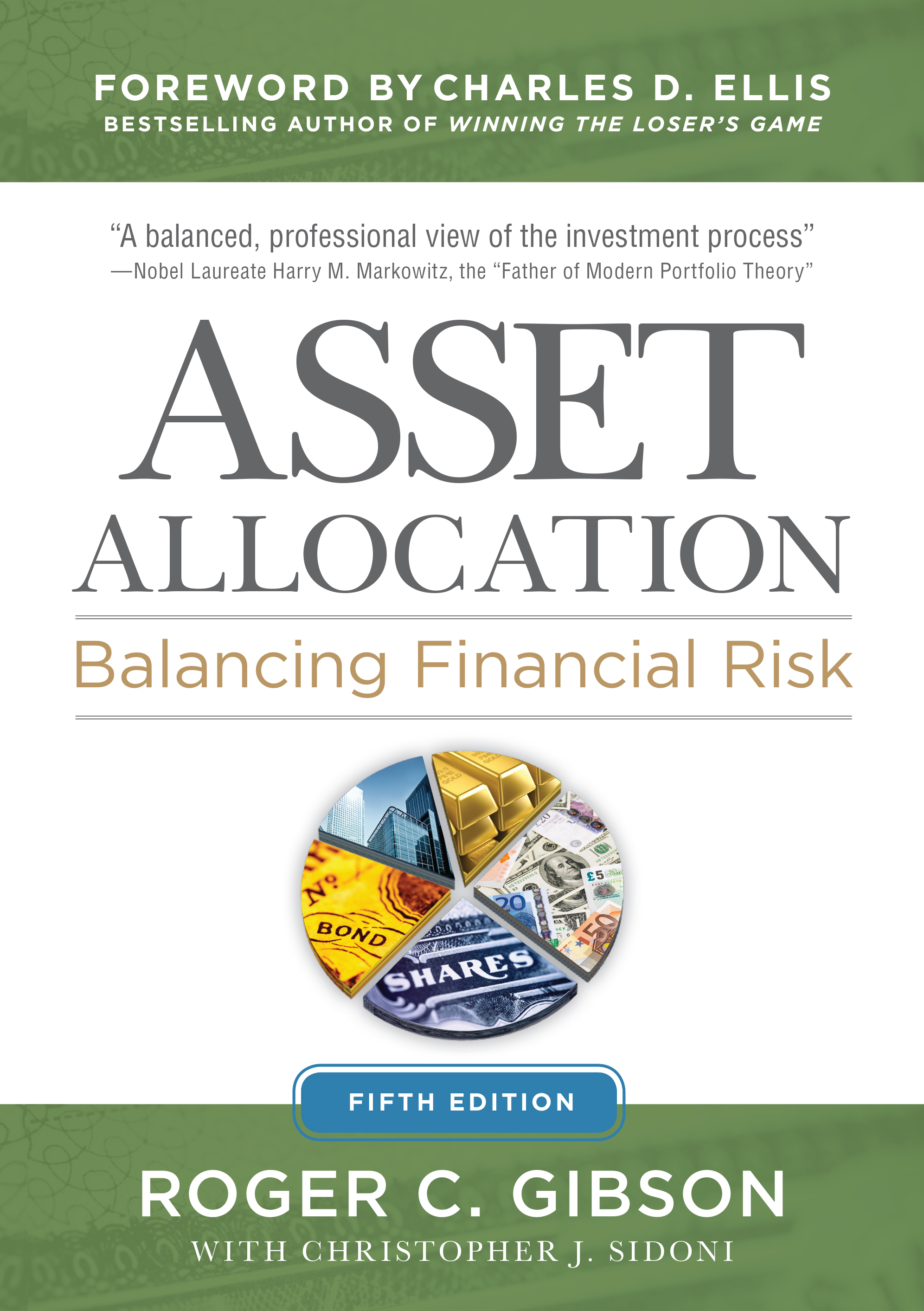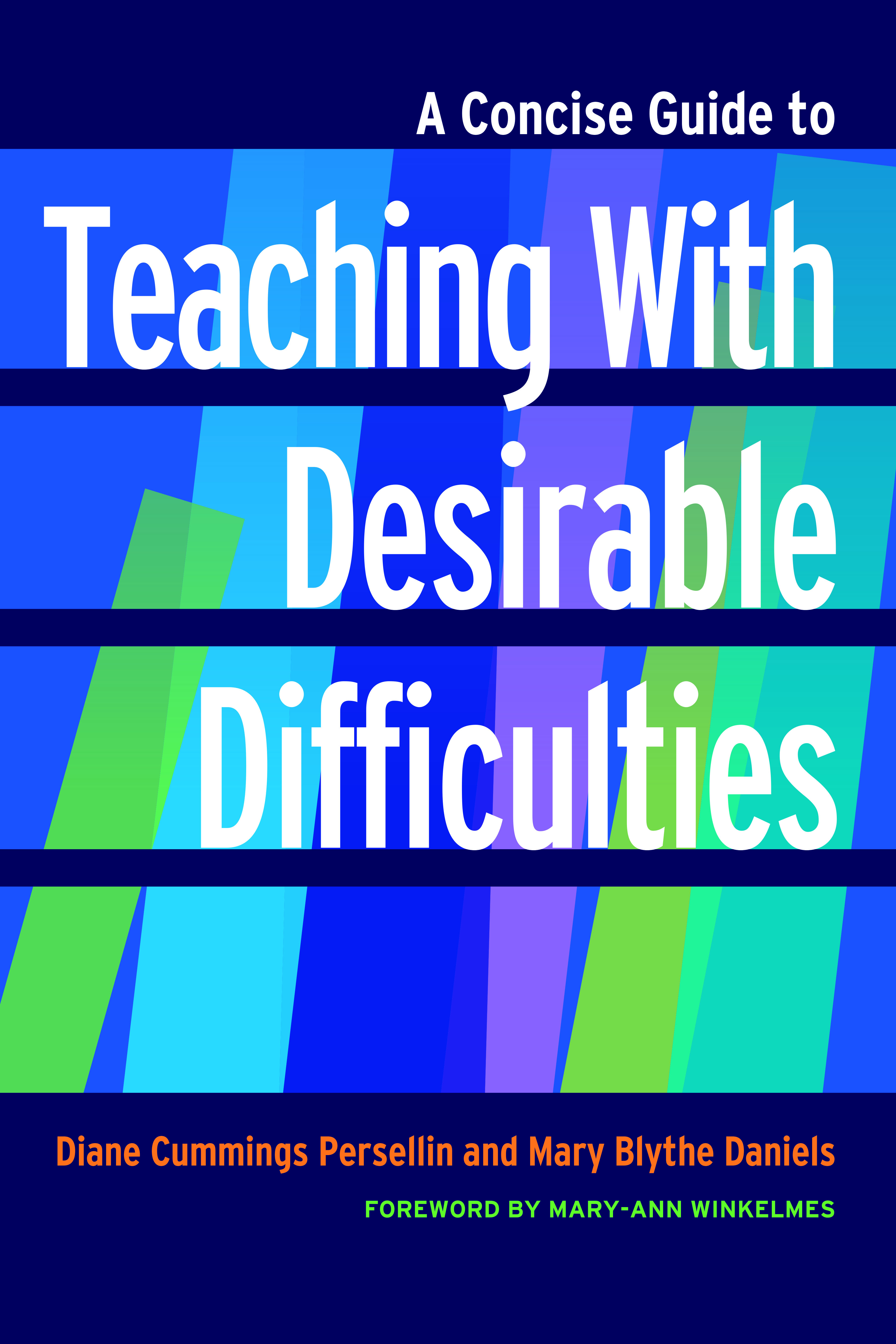This book aims to provide a collection of early ideas regarding the results of applying risk and resilience tools and strategies to COVID-19. Each chapter provides a distinct contribution to the new and rapidly growing literature on the developing COVID-19 pandemic from the vantage points of fields ranging from civil and environmental engineering to public policy, from urban planning to economics, and from public health to systems theory. Contributing chapters to the book are both scholars and active practitioners, who are bridging their applied work with critical scholarly interpretation and reflection. The book’s primary purpose is to empower stakeholders and decision-makers with the most recent research in order that they can better understand the systemic and sweeping nature of the COVID-19 pandemic, as well as which strategies could be implemented to maximize socioeconomic and public health recovery and adaptation over the long-term.












